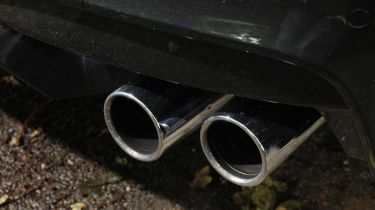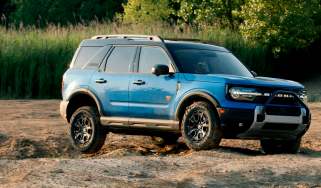Real-world car emissions and fuel economy are 20% worse than advertised figures
European Commission has found that, on average, most cars are far less fuel efficient and environmentally friendly than official WLTP test results suggest

A new study has found that, on average, fuel economy and CO2 emissions are roughly 20 per cent worse than the official WLTP figures suggest.
The report, courtesy of the European Commission, studied a sample of 600,000 cars and found that petrol cars are typically 24 per cent more inefficient and polluting than what their official WLTP ratings may suggest, while diesel models fall 18% shy of their emissions and MPG targets.
Even worse are plug-in hybrid (PHEV) cars. According to the Commission, PHEVs typically emit three-and-a-half times more CO2 in real-world driving than what’s officially shown in the WLTP test results.
To combat this, the EU is set to implement revised tests for PHEVs in 2025, which have tweaked the “calculation of the utility factor – the expected share of distance driven electrically”. In plain English, the tests will be adjusted using real-world data to provide a more accurate representation of when the car uses electric power and when the petrol engine eventually kicks in.
Still, the Commission’s report states that “further steps are needed to significantly improve monitoring in the coming years” in terms of making the WLTP tests more stringent and representative of everyday driving. This means taking into account more things like weather, air conditioning use and the gradient of the road.
At Auto Express, we are constantly testing new cars in real-world driving conditions and have long emphasised to our readers that WLTP figures really are “best-case scenarios”. Take, for example, our recent twin test between the Mercedes GLA 250e and the Alfa Romeo Tonale. Both cars’ plug-in hybrid powertrains failed to get anywhere near the 250 miles+ suggested by the WLTP tests, instead both achieved less than 40mpg.
The WLTP tests replaced the old NEDC fuel economy and emissions tests in 2017 and did make the results more indicative of what was achievable in real-world driving. There it still a significant gap, however, between these laboratory test figures and what motorists can expect to achieve when driving their cars.
Can you get close to the official WLTP fuel economy figures in your car? Let us know in the comments?
Find a car with the experts




